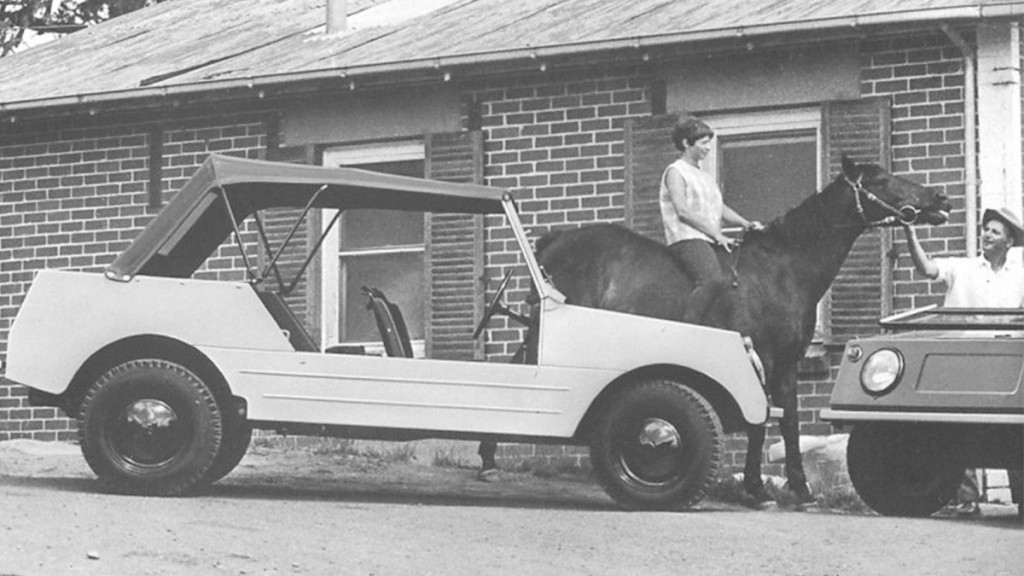Love it or hate it, the Volkswagen Type 181, known in the U.S. as the Thing, is one of the automotive world's most distinctive vehicles. While the Thing is instantly recognizable, it also had a lesser-known Australian cousin called the Country Buggy.
Looking like an evolutionary offshoot of the Thing, the Country Buggy was originally designed as a military vehicle. To that end, it was designed for off-roading, with short overhangs to increase approach and departure angles, and a generous amount of ground clearance.
Power was provided by a stock Beetle flat-4 engine, which drove the rear wheels through the portal axles from an early Type 2 Microbus. The bodywork was flat-stamped steel, and Beetle headlights featured at the front. Unliked the Thing, the Country Buggy lacked doors, only getting vinyl curtains, plus soft-top or hard-top roof options.

Volkswagen Country Buggy
There's a reason you may not have heard of the Country Buggy. The final version wasn't suited for military applications, and by the time production started in 1968, the Type 181/Thing was already on sale. Most Australians who wanted a rugged VW opted for that; Country Buggy production totaled just 1,952 units, according to VW.
That's not the end of the Country Buggy story, though. Partially assembled kits were later shipped to the Philippines, and VW even sold Type 181 chassis with Country Buggy bodies in that country. In 1972, VW and other firms launched a modified version of the Country Buggy in the Philippines called Sakbayan—a Filipino portmanteau that translates to "people's car."
So while the Thing, Meyers Manx, and Baja Bugs are better known in the U.S., the Country Buggy remains an important part of VW off-roading history.